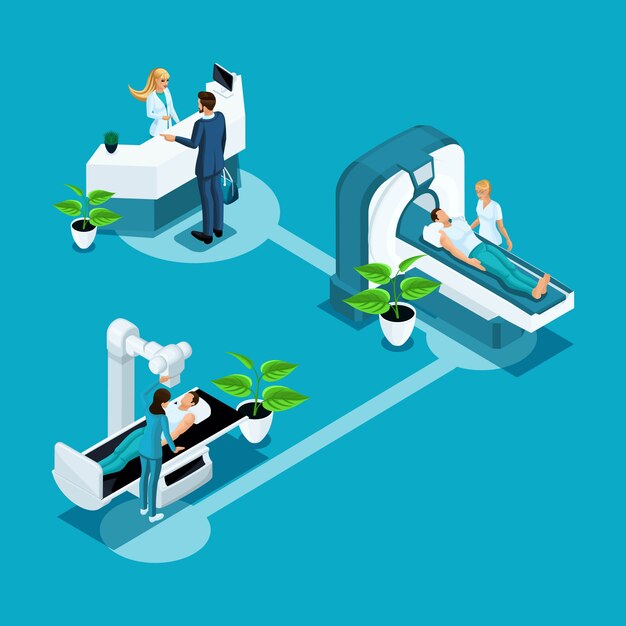The medical imaging industry has seen a revolutionary transformation with the introduction of Picture Archiving and Communication System (PACS). This technology has significantly improved the way healthcare professionals store, manage, and share medical images, enhancing diagnostic efficiency and patient care. In this article, we explore the benefits of PACS imaging solutions and how they contribute to modern healthcare.
What is PACS?
PACS (Picture Archiving and Communication System) is a medical imaging technology that provides electronic storage, retrieval, and distribution of medical images. It eliminates the need for traditional film-based radiology, allowing healthcare providers to access digital images instantly through secure networks.
Key Benefits of PACS Imaging Solutions
- Faster Diagnosis & Treatment – PACS enables real-time access to medical images, reducing wait times for diagnoses and improving patient outcomes.
- Improved Collaboration – Healthcare professionals can easily share images and reports with specialists, ensuring better decision-making.
- Cost-Effective Solution – By eliminating physical storage needs, PACS reduces operational costs for hospitals and clinics.
- Enhanced Image Quality – Digital imaging ensures higher resolution scans, leading to more accurate diagnoses.
- Seamless Integration – PACS integrates with Electronic Health Records (EHR) and Radiology Information Systems (RIS) for streamlined workflows.
For more insights on PACS imaging solutions and their impact on healthcare, visit sepStream, a leading provider of enterprise imaging solutions.
How PACS Enhances Workflow Efficiency
Modern PACS solutions are designed to streamline radiology workflows, ensuring that imaging data is efficiently organized and accessible. Here’s how they improve daily operations:
- Automated Image Storage & Retrieval – PACS automatically categorizes and archives images, making retrieval easy for radiologists.
- Remote Access Capabilities – Physicians can access imaging data from anywhere, enhancing telemedicine and remote diagnostics.
- Reduced Redundancy – By digitizing, PACS minimizes duplicate tests and unnecessary radiation exposure to patients.
- Improved Data Security – Advanced encryption ensures patient data is protected while complying with HIPAA regulations.
Applications of PACS in Different Medical Fields
PACS is widely used across multiple medical specialties, including:
- Radiology – Managing X-rays, MRIs, CT scans, and ultrasounds with seamless storage and retrieval.
- Cardiology – Providing high-resolution for echocardiograms and angiography studies.
- Orthopedics – Facilitating precise analysis of bone fractures and joint conditions.
- Oncology – Assisting in early cancer detection through high-quality medical imaging.
Why Choose a Reliable PACS Provider?
Selecting the right PACS solution is critical for healthcare facilities aiming to optimize efficiency. Leading providers like sepStream offer affordable, advanced, and customer-centric PACS solutions designed to meet the evolving needs of modern healthcare institutions.
Final Thoughts
PACS imaging solutions have revolutionized the way medical images are stored and shared, leading to faster diagnoses, improved collaboration, and enhanced patient care. As healthcare technology continues to advance, PACS will remain an essential tool for hospitals and diagnostic centers looking to improve operational efficiency.
To explore enterprise PACS imaging solutions, visit sepStream for cutting-edge healthcare imaging technology.

